Globetrotter
02 Feb 2023 - 10 min read
Getting Around Bangkok, Thailand
The bright, scorching, bustling city of Bangkok has a known nickname of “city built by the deities” based on its Thai translation. Its gleaming grand palace, temples, giant shopping malls, and nightlife districts attract all kinds of travelers who enjoy an urban but cultural experience.
Typically, you can get around during the day within the metro and CBD areas easily enough through the main transportation services, namely, the Airport Rail Link (ARL), the BTS Skytrain, the MRT Subway, public buses, and the Chao Phraya river ferry boats. There are also the multi-colored taxis, open-air tuk tuk to give you the true Bangkok experience, or personal car rentals if you’re feeling a bit more private. Consider these transportation options when you plan your journey to Bangkok!
Transportation in Bangkok
Transportation in Bangkok may involve many types of rides to get to a destination. If your travel plans focus on the central Bangkok areas such as the temples and palaces, the high-end shopping malls, the riverside attractions, and the street markets, we recommend you get around via one of the 3 main types of trains and then get a short taxi or tuk tuk rides from the station closest to your destination. The skytrain and the underground train are recommended to avoid traffic jams. Hang on to your navigation apps, since they are incredibly useful at finding out where best to get off the train or boat!
1. Airport Rail Link
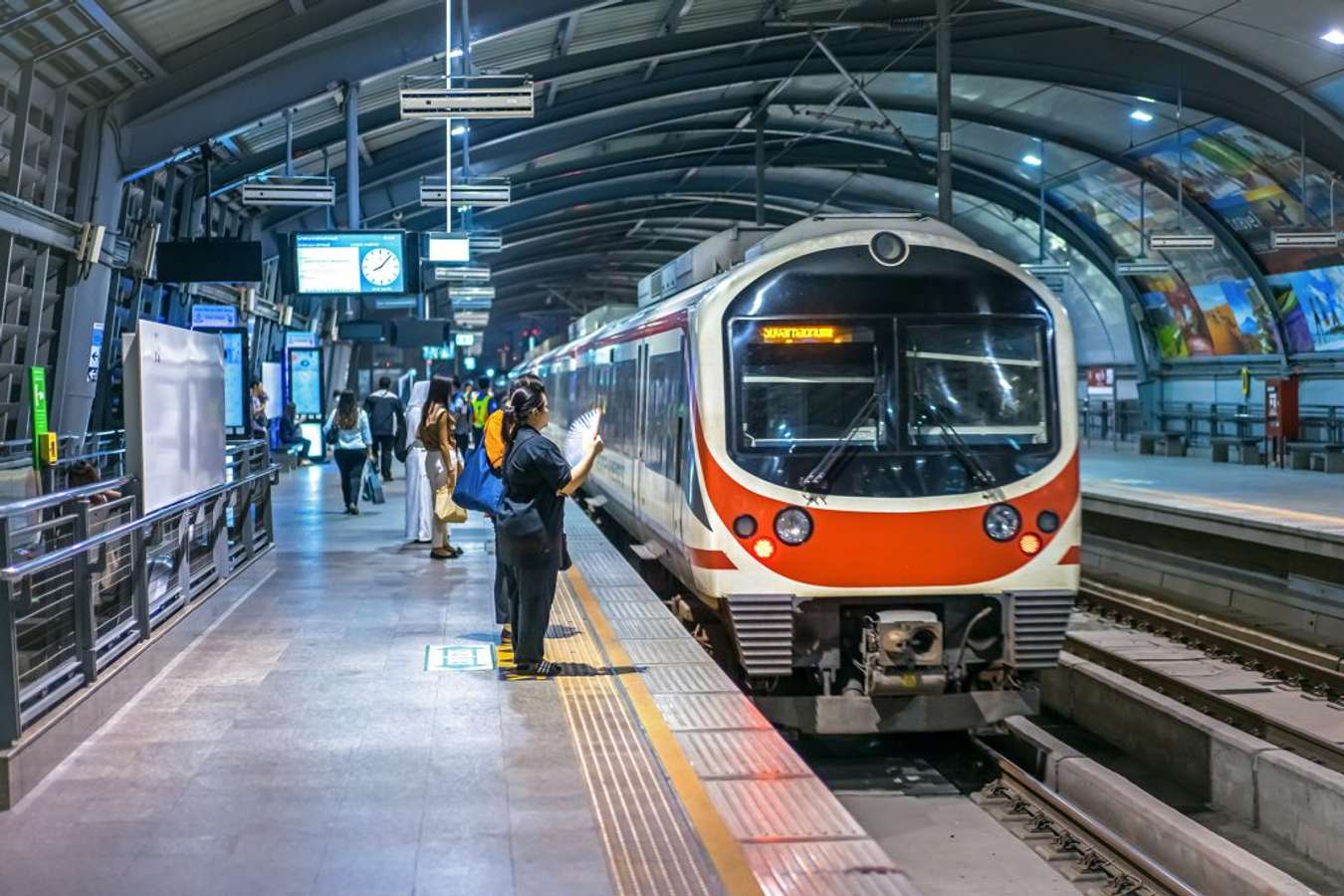
2. BTS Skytrain
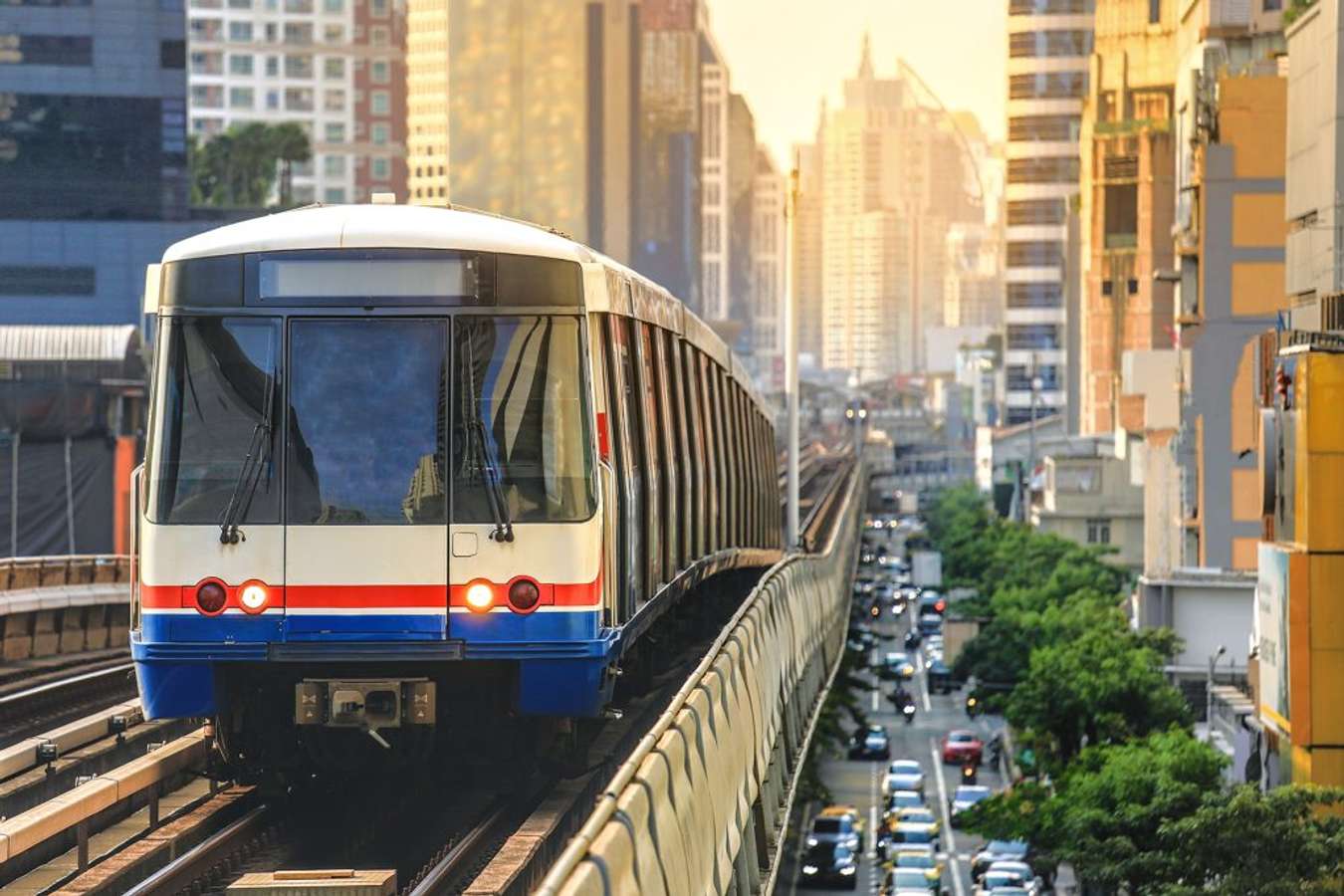
3. MRT Subway
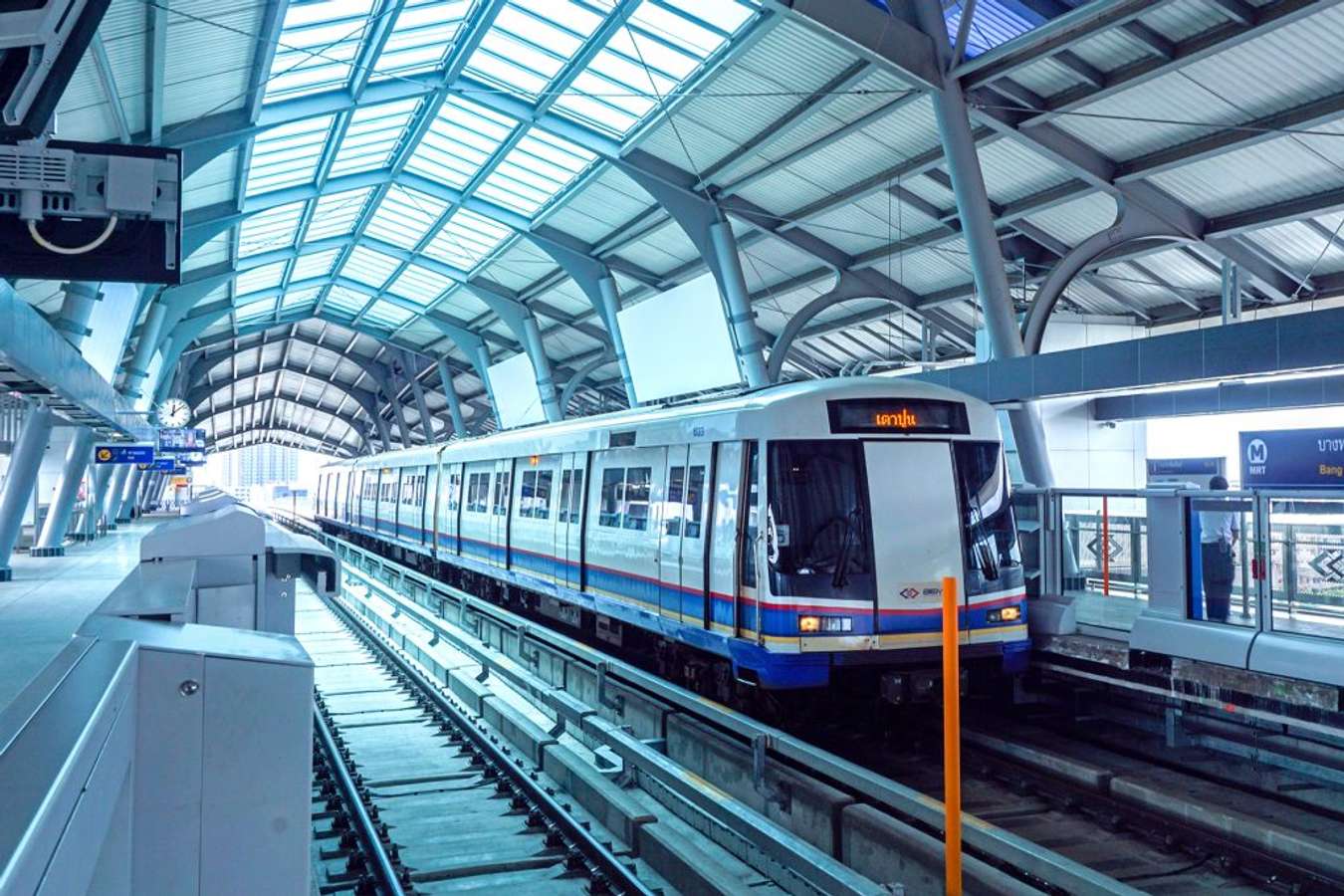
4. Bus
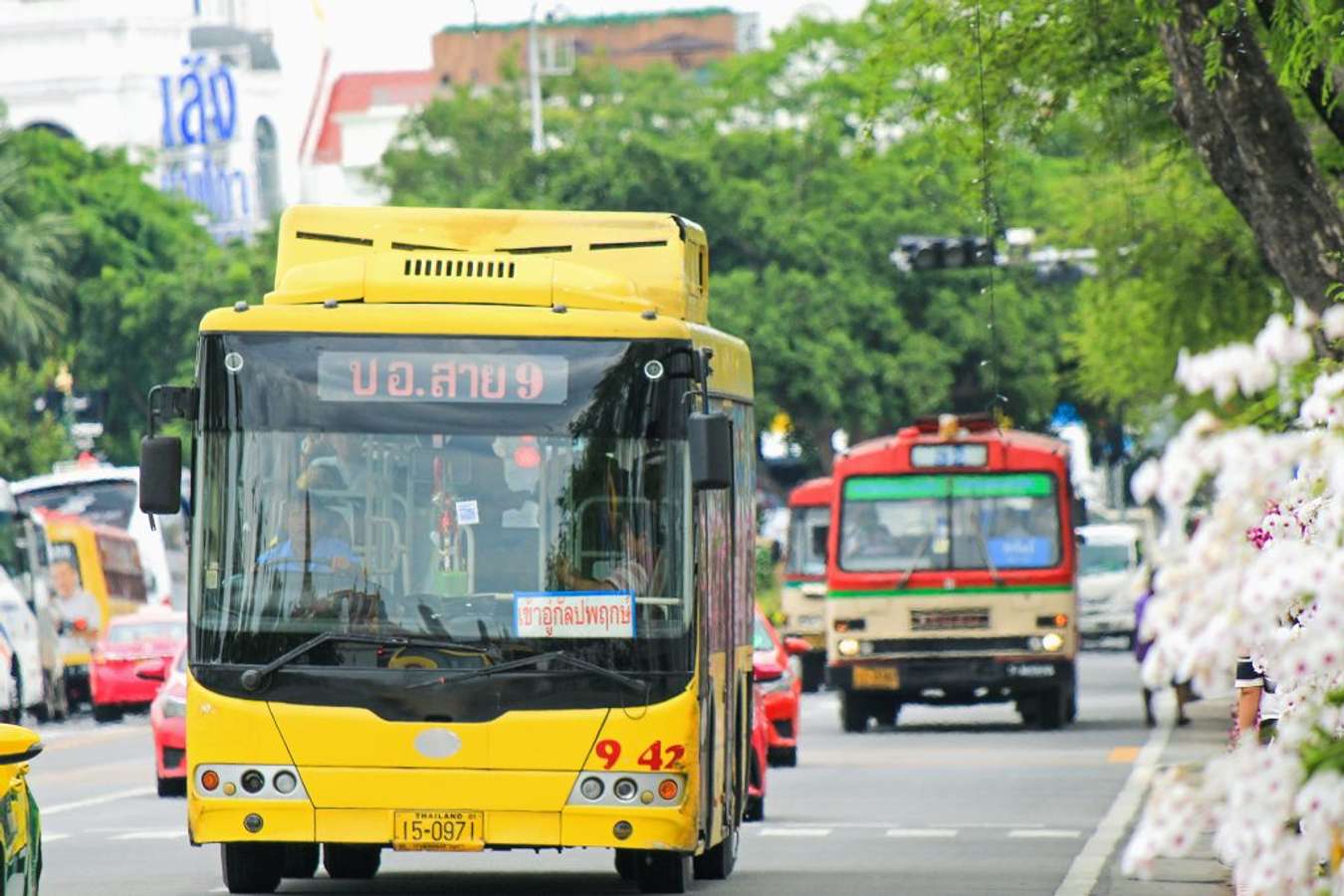
5. Taxi
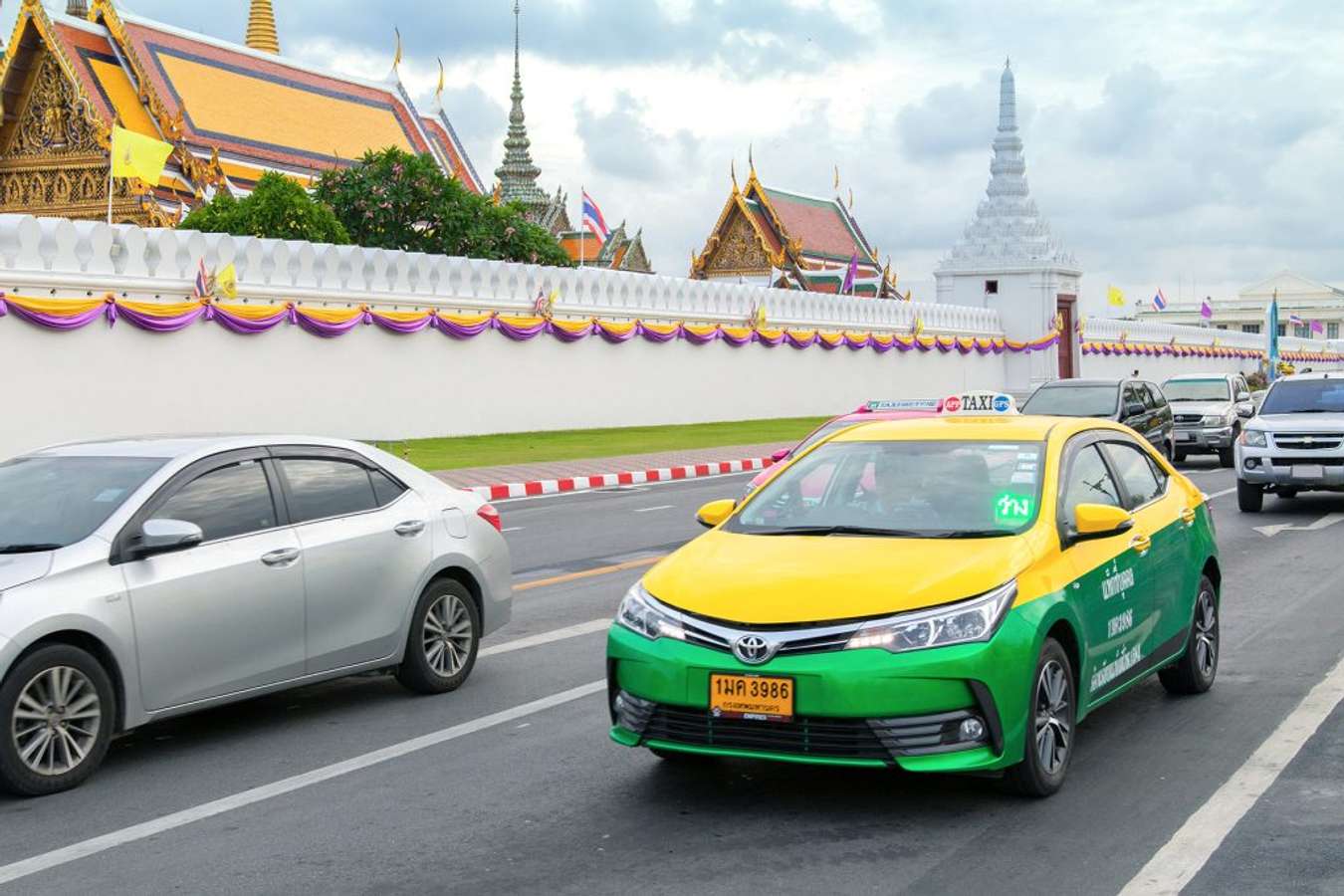
6. Car Rental
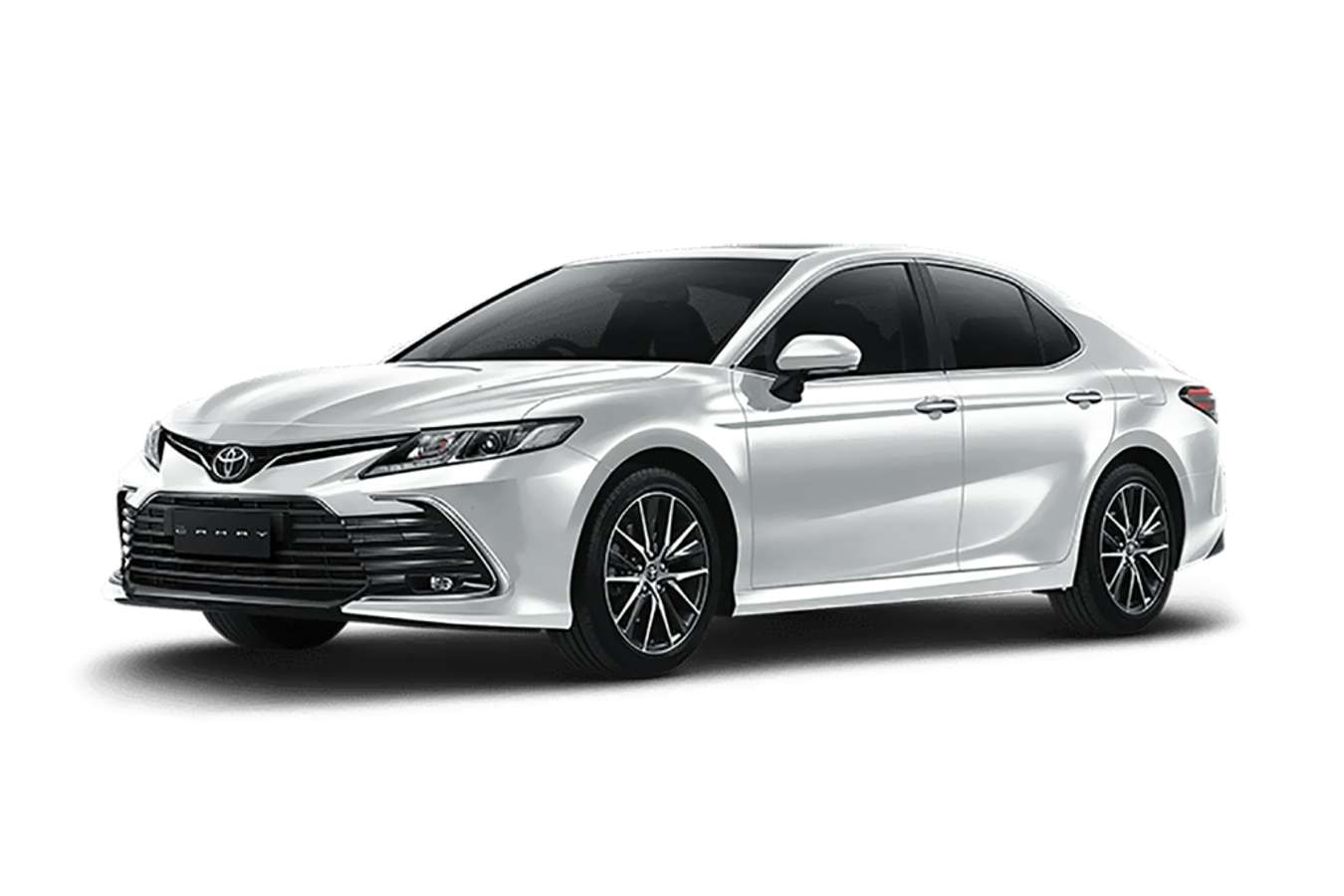
7. Tuk Tuk
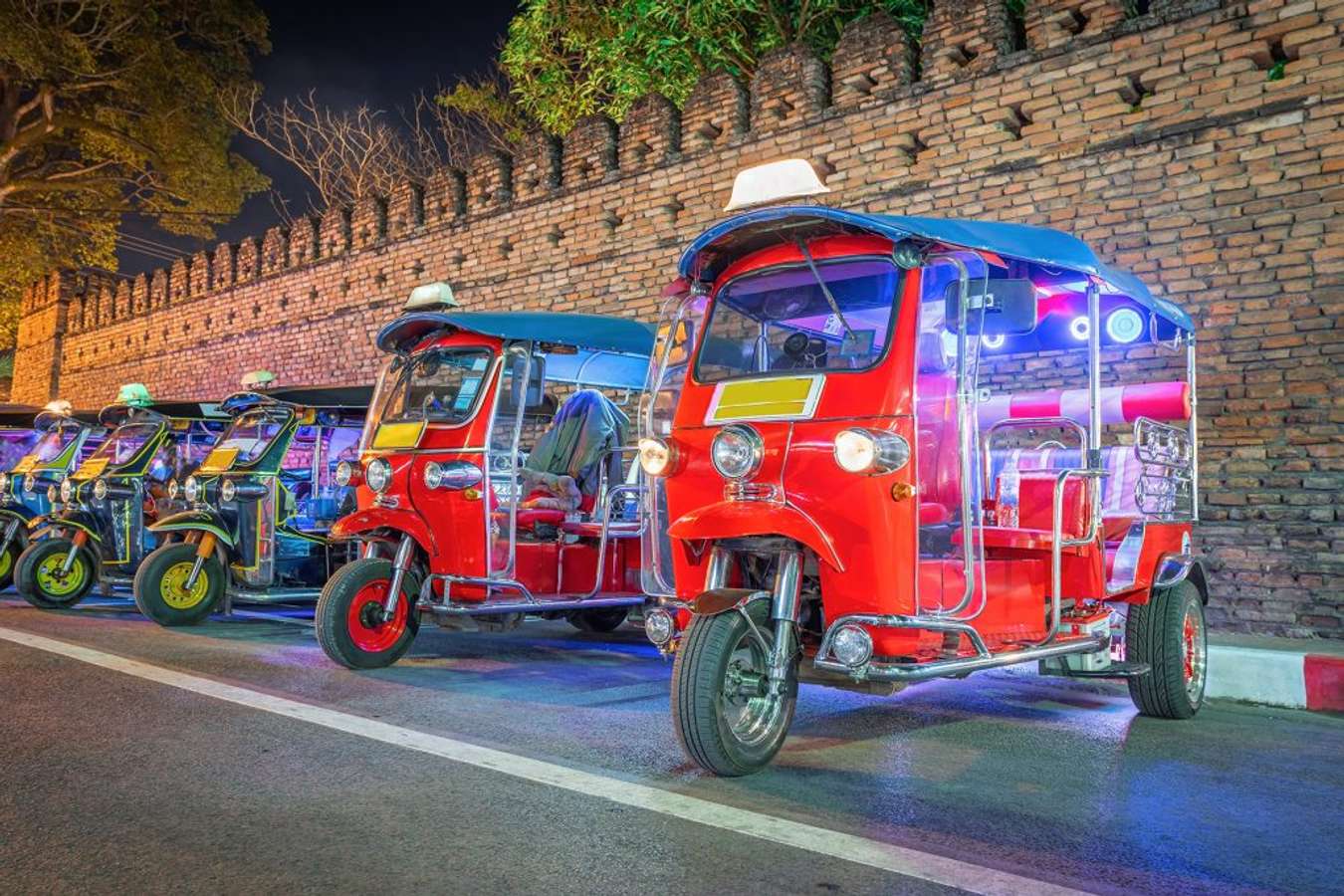
8. Ferry and express boats
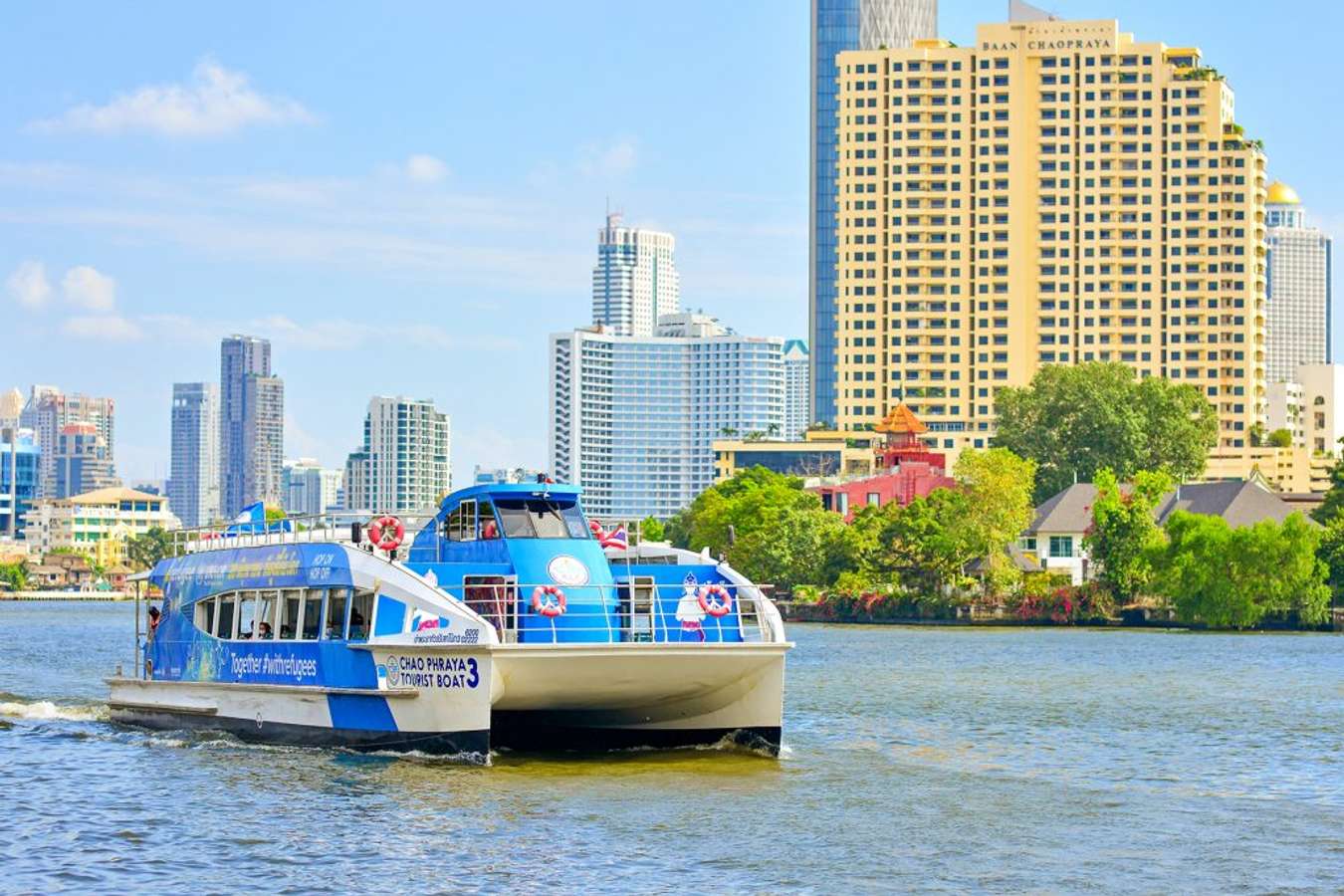
Ready to explore the food, the sights, and the fun that Bangkok has to offer? Make sure you read up on all the transportation options that you could take according to your budget and needs. The BTS Skytrain, MRT Subway, and the Airport Rail Link will get you in and out of the city. Then, you can choose from available taxis, tuk tuks, and other modes of transportation to get around. Lastly, car rentals might be a good fit for you if you want convenience and privacy. You can check out car rentals by Traveloka that you can book in advance for the dates you want.


 Facebook
Facebook Instagram
Instagram Youtube
Youtube
